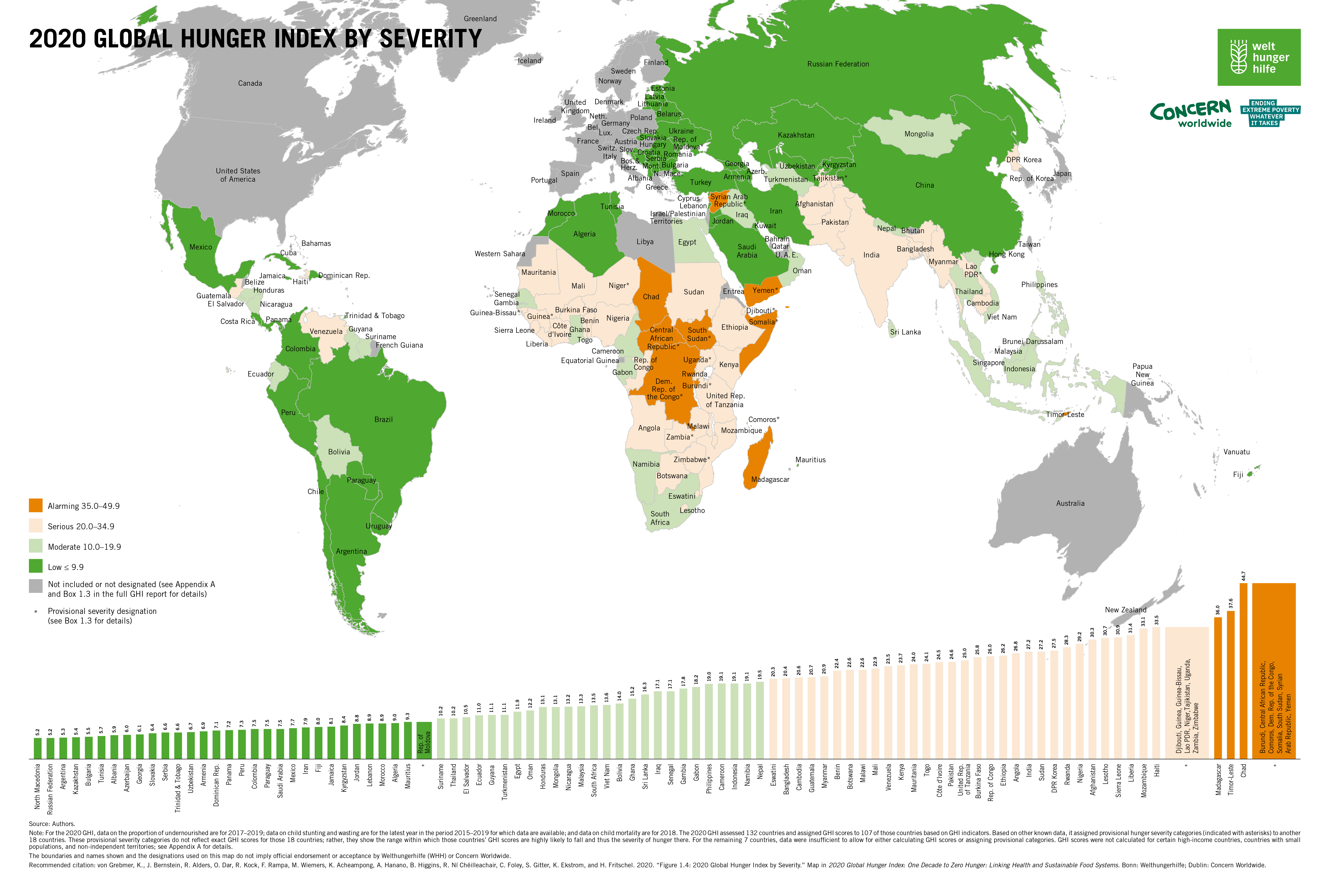Architecture Competition Brief
Children's House
To protect health and prevent malnutrition in Africa
We imagine a ‘Children’s House’ as a warm and welcoming place where activities aimed at preventing child malnutrition can be carried out in a rural environment. The children of today are the leaders of tomorrow; allowing them to develop properly is essential in order to build a better future.
Today, 149 million children in the world suffer from growth retardation resulting from nutritional difficulties caused by poverty, conflicts and the environmental crisis. An adequate diet, especially in the first 5 years of life, means facilitating the psychological and physical development necessary to develop all of the fundamental abilities to participate in social life. For these reasons, the 2022 edition of the Kairo Looro competition has chosen the selection and construction of a ‘Children’s House’ to accommodate monitoring and assistance activities for children at risk of malnutrition as its objective. This will be our contribution to the second objective of the Sustainable Developments ‘Zero Hunger by 2030’ Goals. Will we succeed?
Design
The architecture of the ‘Children’s House’ will be a space intended to prevent child malnutrition by providing nutritional material, the development of hygiene and healthcare awareness raising programmes, the organisation of paediatric and social care appointments, housing for at-risk patients, and the training of community nurses, who will guide local families on best practice in relation to prevention and nutrition.
The design will be constructed in the context of a humanitarian programme, with a team of volunteers and with the participation of the beneficiary community, it should therefore meet some particular construction need.The architecture will need to host the following activities, to which the designed areas must independently correspond or relate to one another depending on the designer’s idea.
be easily built with sustainable technologies
that can be adapted for self-construction and which do not require the use of heavy vehicles or complex machinery;
make use of natural and/or recycled materials
available in the area so as to limit the environmental and economic impact caused by transport of materials and to generate revenue within the local context;
be integrated
into the social and cultural environment of the location.
Administration
There will need to be an area, for a maximum of 8 people, intended for filing, and for managing and organising activities.
Hospitality
Children’s medical examinations will be carried out in this area and, in cases where they are at risk, it should be possible to offer hospitality to facilitate monitoring and care.
Recreation
While children are being monitored and cared for, the psychological aspect is also important.
Participants will be sent (after registration) additional materials necessary for the project’s development:
data sheets, prices, images, and characteristics of the primary materials; maps of the village of Baghere and the valley; overview of the Tanaff Valley; images of the village of Baghere, Tanaff, and the valley; CAD and photographs of the construction site; Layouts of the designs.
Awards
€ 5,000 + Construction + Internship at Kengo Kuma (Japan)
1st Prize
5.000 €
Construction
Internship at Kengo Kuma & Associates
Sharing with partners
Exhibition & Events
Publication on the official book & magazines
Certificate
2nd Prize
2.000 €
Internship at Mario Cucinella Architects
Sharing with partners
Exhibition & Events
Publication on the official book & magazines
Certificate
3rd Prize
1.000 €
Internship at SBGA | Blengini Ghirardelli
Sharing with partners
Exhibition & Events
Publication on the official book & magazines
Certificate
2 Honorables Mentions
100 €
Sharing with partners
Exhibition & Events
Publication on the book
Certificate
5 Special Mentions
Exhibition & Events
Publication on the book
Certificate
20 Finalists
20 Top 50
Publication on the book
Certificate
All awarded projects will be published in the competition’s official book, on the official website, and on social networks of the competition. All projects will be transmitted to all media partners, international architectural websites and magazines. All projects will be shared with international, national and local institutions and associations.
PROJECT OVERVIEW
Senegal - Africa
The project area is located in the south of Senegal: a western sub-Saharan African country bordered by the Atlantic Ocean, Mauritania, Mali, Gambia, and Guinea. The national population is almost 17 million people, mainly concentrated in the larger urban centres and in the capital. Dakar.
The southern region, in addition to the enclave of Gambia, is called Casamance, due to the presence of the river of the same name and is further divided into 3 administrative regions: Ziguinchor, Sedhiou and Kolda, with a total of approximately 1.5 million inhabitants. The central region is Sedhiou, and it is here that the project will be introduced.
This is one of the country’s less developed regions, with an average rate of urbanisation of 10%, and an average poverty rate of around 92%. This region has a purely agricultural focus, and the rural villages have an average of 1500 inhabitants. The administrative centre of Sedhiou has approximately 22,000 inhabitants.
Baghere
The ‘Children’s House’ will be built in the town of Baghere, whose territory is bordered by the Balmadou forest to the north, by Guinea Bissau to the south, the town of Niangha to the east, and by the town of Simbandi and Dioudoubou to the south/north-west.
The town, from a geo-morphological point of view, presents predominantly sandy-clay soil near the clay-silt valleys, where rice is cultivated, and lateritic-sandy on the elevated plains.
The minimum temperature varies from 16°C in December to 25°C in June, with maximum temperatures of 31°C in August to 45°C, with rates of humidity up to 95%. There is periodic wind: from November to March, it blows warm and dry from east to west; from March to May, the trade winds blow from west to east; monsoons are present from June to October.
The region has an average annual rainfall of 1095.7 mm between June and October. The dry season goes from 7 to 10 months and alternates with the rainy season. The town has a surface area of 134 km2 and has a total of 22,000 inhabitants distributed throughout its 23 villages.
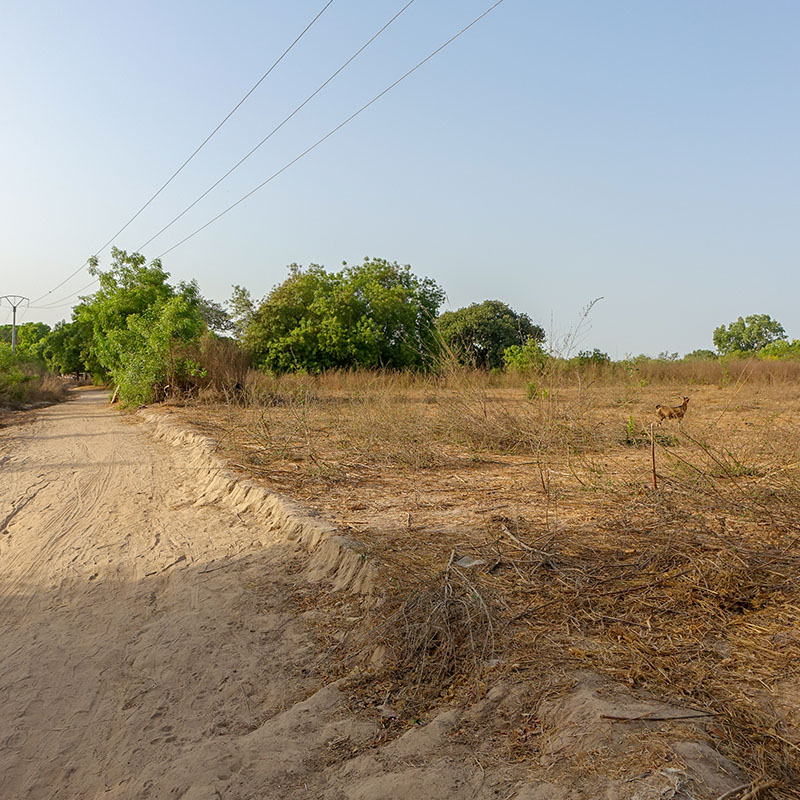
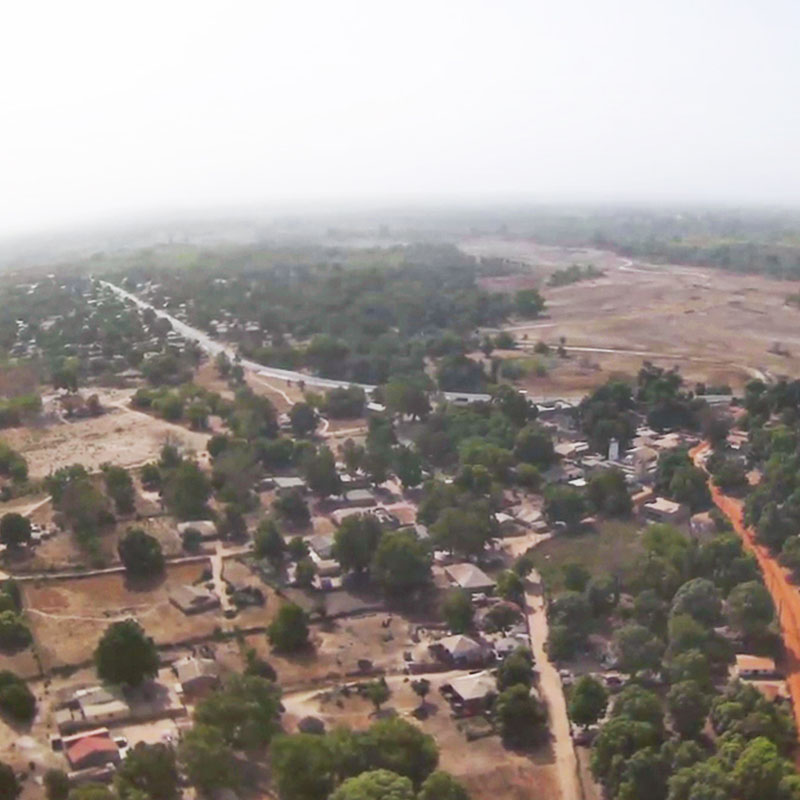
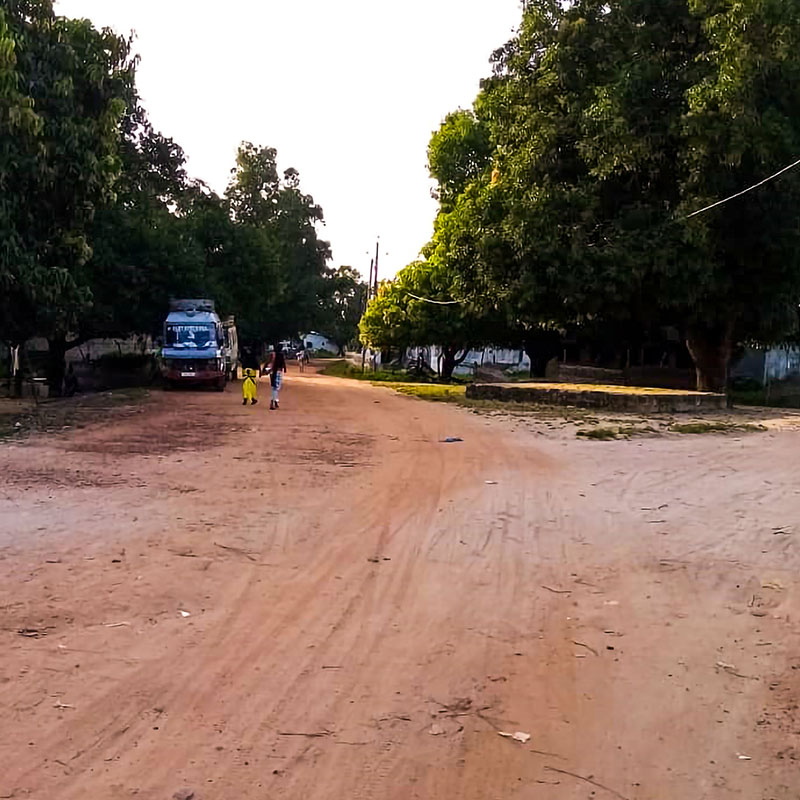
Child Malnutrition
An adequate diet in childhood is the foundation for survival and psychological and physical development. Well-nourished individuals are able to grow normally, to learn, and participate in social life.
Today, however, at least one in three children under the age of 5 is affected by malnutrition in one of its most visible forms.
Approximately 149 million children worldwide under five are affected by stunting, the first visible form of malnutrition. They are too short for their age and their brains are at risk of not developing to their full cognitive potential, thereby impeding their ability to learn in childhood, to earn money as adults and contribute to the development of their community in adulthood.
Wasting affects 45 million children. These children are excessively thin, with weakened immune systems, and are at risk of death. They need urgent care in order to survive.
Finally, almost 39 million children are overweight as a consequence of changes in global food system and the increase in the consumption of processed foods that are high in fat, sugar, and salt.
Other less visible forms of malnutrition, such as ‘hidden hunger’, can be seen when children are lacking in essential vitamins and micronutrients. These deficiencies affect more than 340 million children around the world under the age of 5, delaying their growth, weakening their immune system and compromising the development of their cognitive abilities.
During pregnancy, infancy and adolescence, diet is one of the main causes of malnutrition in all of its forms. Lack of access to adequate nutrition and healthcare by mothers during pregnancy and while breastfeeding are other factors which impact children’s health.
Poverty, instability in the food markets, the climate crisis, epidemics, emergencies, conflicts, wars, illiteracy, lack of infrastructure, the inability to access medical care, and discrimination contribute to the spread of malnutrition.
In spite of the fact that our planet has provided us with enormous resources, hunger is still the leading cause of death in the world, especially in sub-Saharan Africa and in Southern Asia. Among the countries with a concerning GHI (Global Hunger Index) are Chad, Madagascar, Yemen, Syria, Burundi, the Central African Republic, Congo, and Somalia.
Malnutrition, especially in children, therefore represents one of the highest-priority healthcare and developmental problems at a global level, and for this reason it is objective number 2 in the United Nations’ Sustainable Development Goals: ZERO HUNGER BY 2030.
